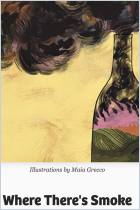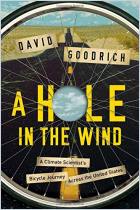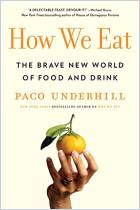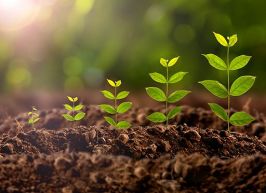Зарегистрируйтесь на getAbstract, чтобы получить доступ к этому краткому изложению.

Зарегистрируйтесь на getAbstract, чтобы получить доступ к этому краткому изложению.
Brian Freedman
Crushed
How a Changing Climate Is Altering the Way We Drink
Rowman & Littlefield Publishing Group, Inc., 2022
Что внутри?
Climate change presents a range of challenges for wine and spirit makers in different parts of the world.
Recommendation
Food and travel writer Brian Freedman offers an across-the-globe tour of the ice, hail, fires and floods that threaten the world’s makers of wine and spirits. He finds that these vintners and distillers are updating their ancient arts to survive the threat of climate change. Intrepid corporate and craft producers in France, California, South America, the south of England and the deserts of Israel are coping with warmer temperatures, violent storms and other effects of increasingly extreme, unpredictable weather. In these absorbing profiles, Freedman shows how vineyards and distilleries are adapting to climate change while battling against it by pioneering sustainable methods of agriculture.
Summary
About the Author
Brian Freedman is a wine, spirits, travel and food writer who contributes to Food & Wine digital, Forbes.com, Whisky Advocate and SevenFifty Daily.






















Comment on this summary